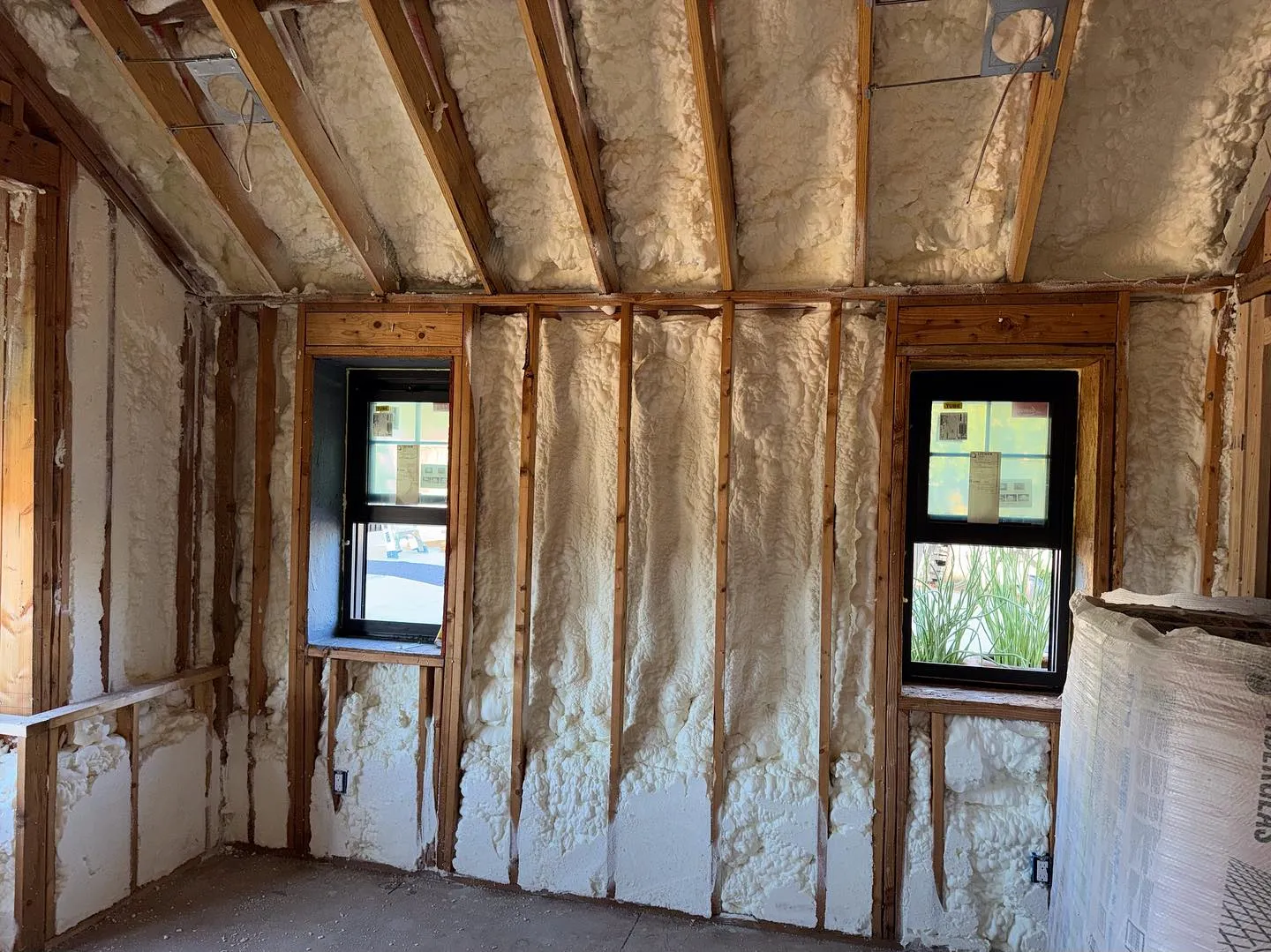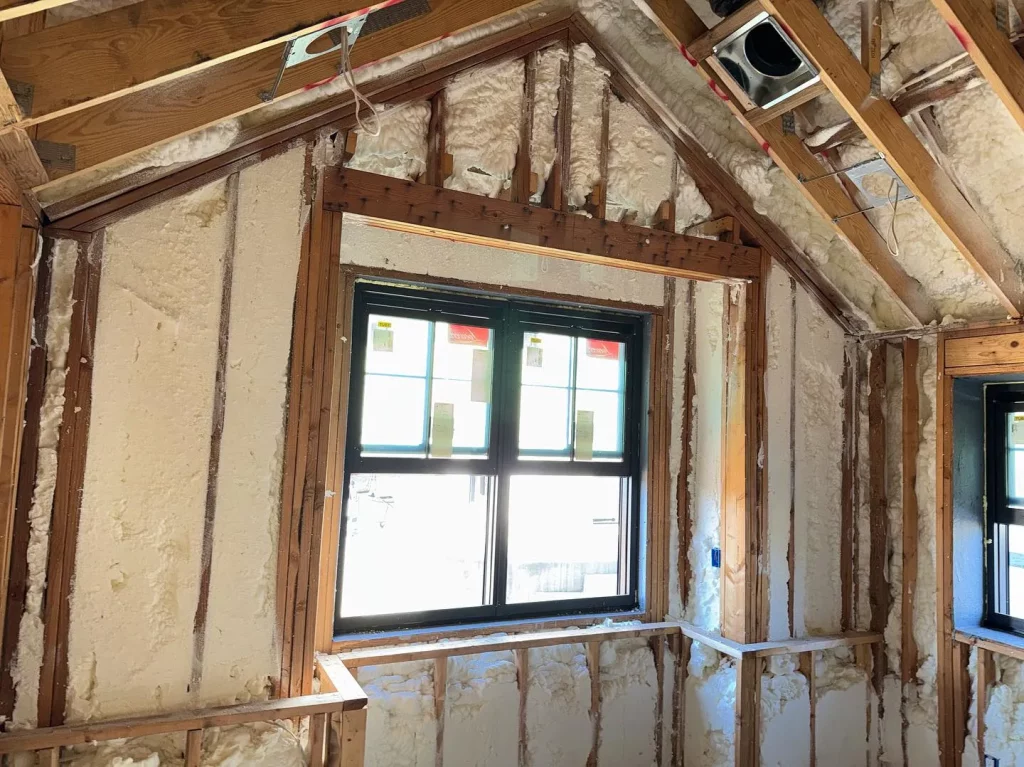
Spray foam insulation requires routine inspection and occasional maintenance to preserve thermal performance and air sealing effectiveness. To maintain insulation integrity, inspect for visible damage, moisture intrusion, and air leaks at least once a year. In regions with extreme heat, such as Arizona, additional mid-year checks are recommended due to thermal stress on materials.
Proper maintenance helps identify early signs of degradation, mechanical damage, or environmental impact. This guide offers a structured process to assess insulation health, detect issues, and apply corrective actions. All information presented is based on field-proven experience and practices used across residential and commercial projects.
All Valley Insulation LLC shares this knowledge to support informed decision-making rooted in practical, real-world application.
Use infrared thermography or smoke pens to identify:
| Inspection Item | Frequency | Tools Required | Action If Issue Found |
|---|---|---|---|
| Surface Visual Review | Every 6 months | Flashlight, ladder | Spot repair or resealing |
| Moisture Check | Annually | Moisture meter, thermal camera | Locate source and remediate |
| Air Leak Detection | Annually | Smoke pen, blower door test | Apply air sealing |
| Mechanical Damage (e.g., impact) | As needed | Visual | Cut and reapply foam |
| Spray Foam Type | R-Value per Inch | Water Resistance | Common Use Areas | Maintenance Notes |
|---|---|---|---|---|
| Closed Cell | 6.5 – 7.0 | High | Basements, crawlspaces, roofing | Higher durability, low permeability |
| Open Cell | 3.5 – 4.0 | Moderate | Walls, ceilings, attic floors | Softer, more susceptible to moisture |
| Characteristic | Closed Cell Foam | Open Cell Foam |
|---|---|---|
| Density | 1.7 – 2.0 lb/ft³ | 0.4 – 0.6 lb/ft³ |
| Vapor Permeability | <1.0 perm | >10 perms |
| Structural Reinforcement | Yes | No |
| Application Thickness (avg) | 2 inches | 3 inches |

Bonus Tip: Use low-expansion spray foam for touch-ups near electrical or plumbing penetrations to reduce risk of overfilling gaps.
Here are short and clear answers to your next set of insulation-related questions:
If yes, these issues should be resolved before applying spray foam to ensure a clean, dry, and stable surface for proper adhesion.
Yes—uneven temperatures often indicate poor insulation or air leaks, which spray foam can help correct for consistent comfort.
If walls or ceilings were opened, it’s a good time to upgrade insulation before closing them back up, especially in hard-to-reach areas.
Discoloration or odor could signal moisture issues or off-gassing. These areas should be inspected to rule out water damage or improper installation.
Routine checks and targeted maintenance extend the life of spray foam insulation. Addressing minor issues early prevents widespread damage and energy inefficiencies. Moisture and air control remain the top concerns across residential and commercial projects.
For inspection support or maintenance guidance, contact All Valley Insulation LLC at [email protected] or call (602) 761-0367. Every service call is grounded in technical precision and practical experience.
High-quality spray foam can last 20 to 30 years with proper application and maintenance.
Moisture infiltration, UV exposure, pest damage, or building movement can weaken adhesion or structure.
Closed cell foam resists moisture; however, trapped leaks behind foam can lead to structural damage. Inspection is key.
Not always. A homeowner can perform basic checks, but licensed professionals detect hidden issues more reliably.
Uneven room temperatures, higher energy bills, or drafts often indicate insulation issues.